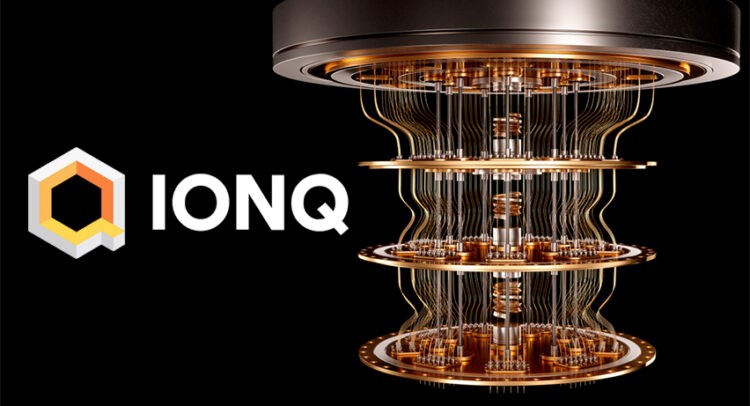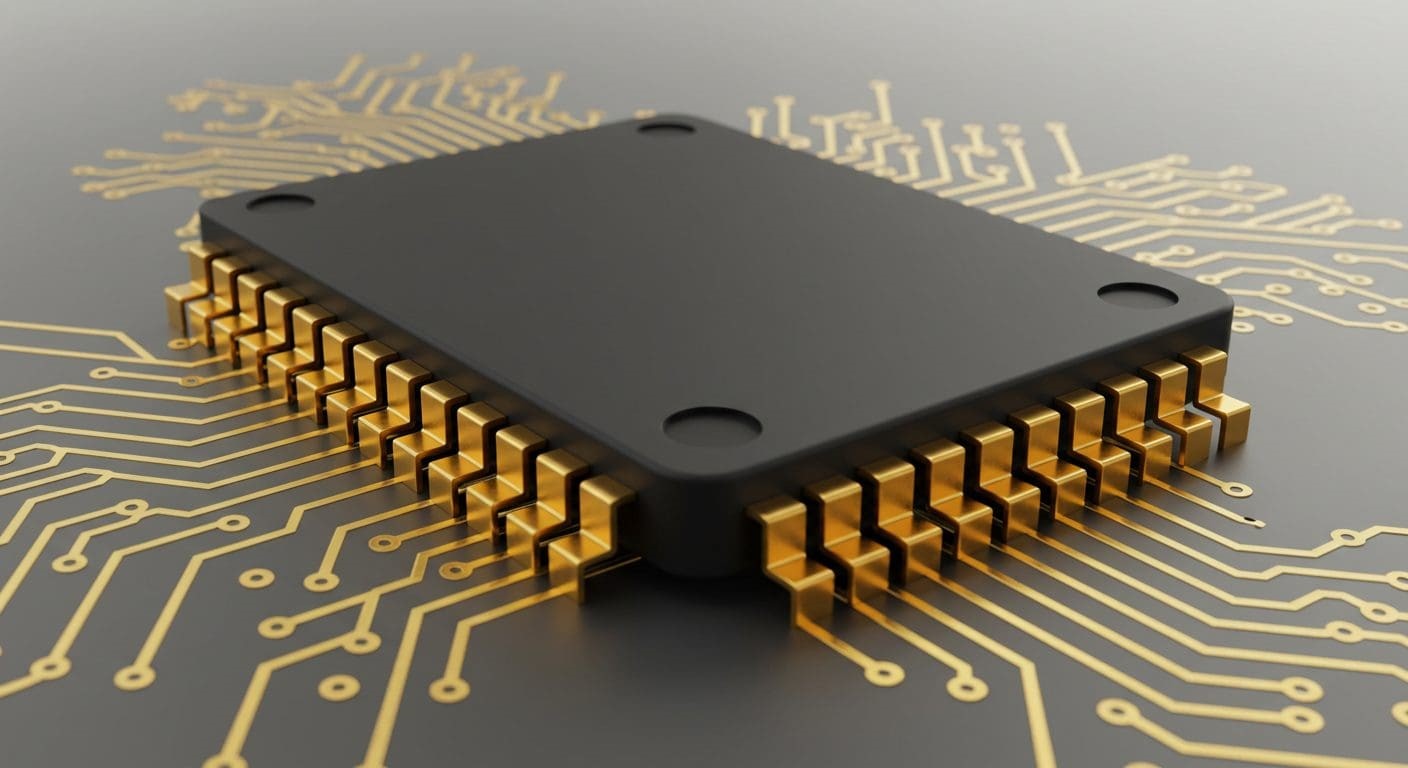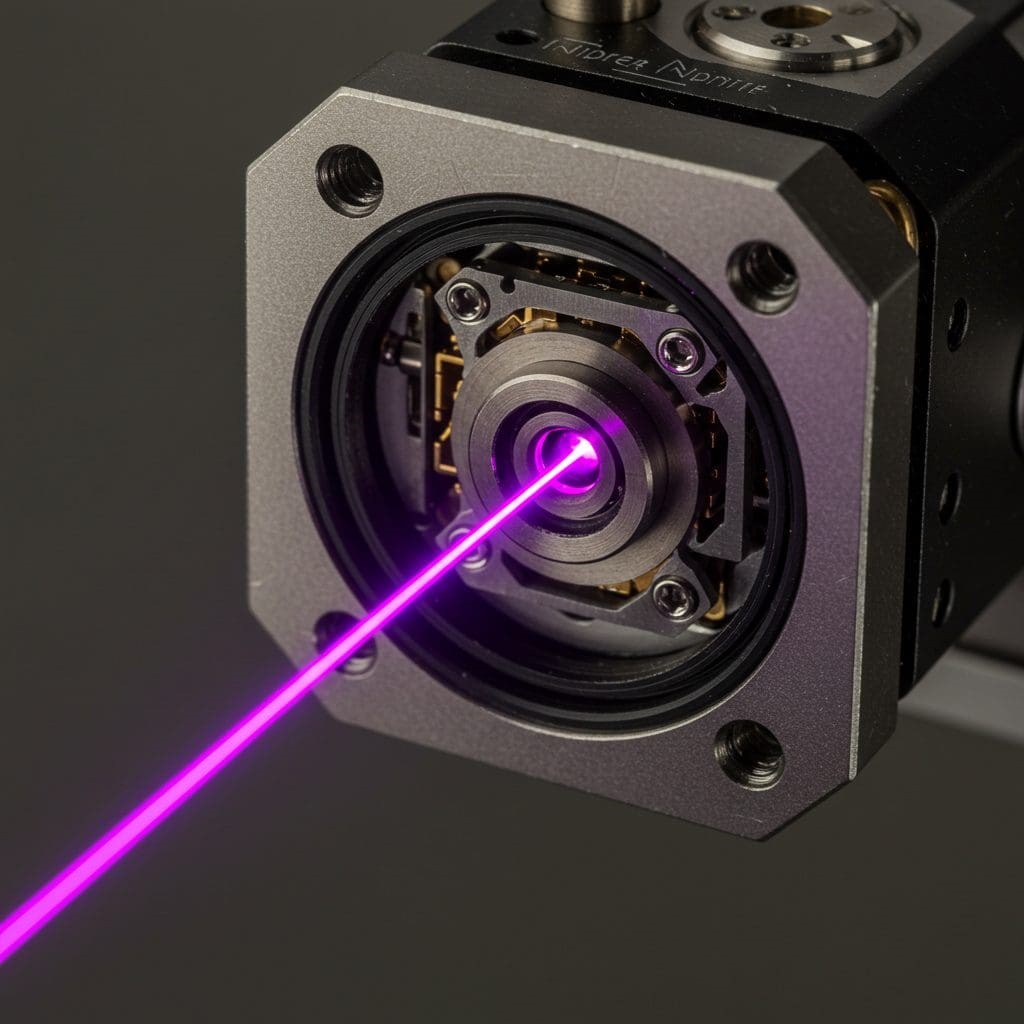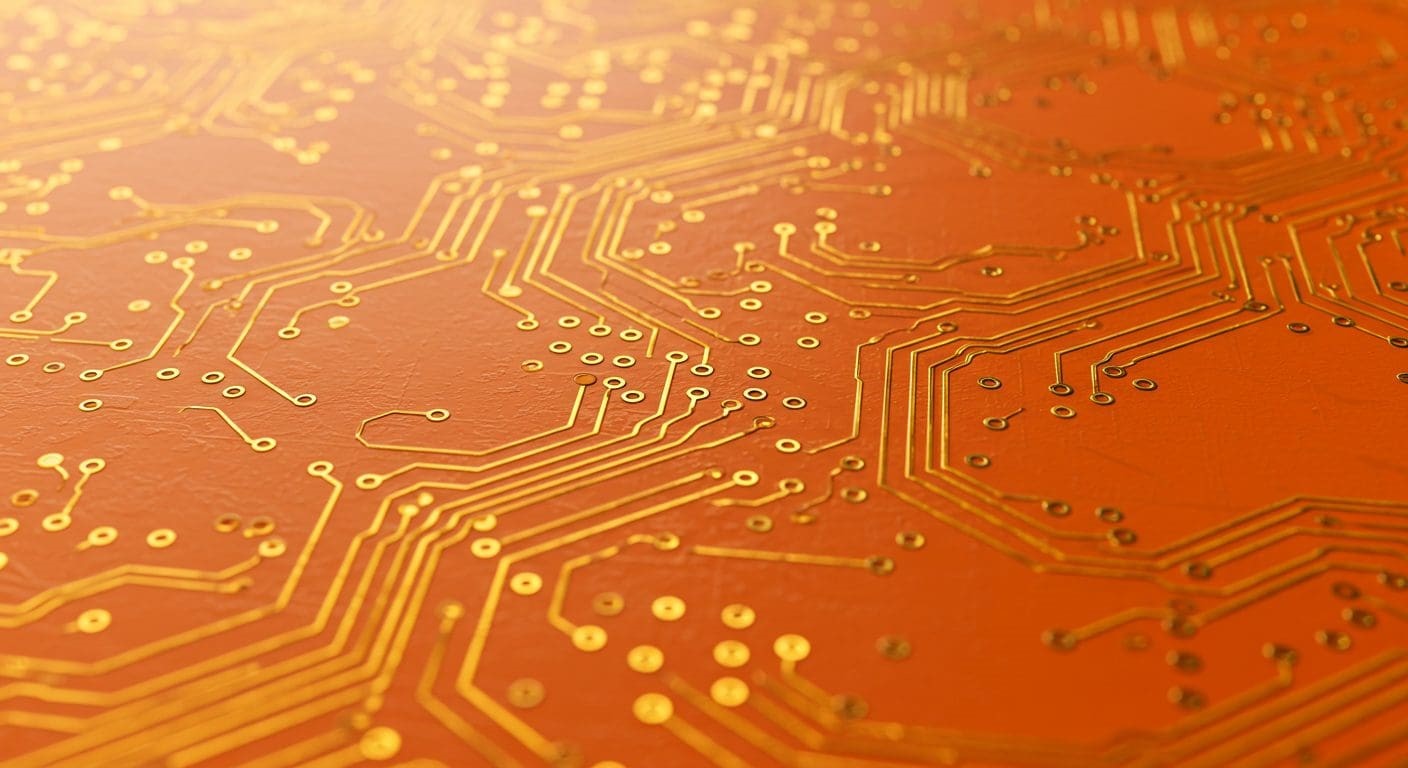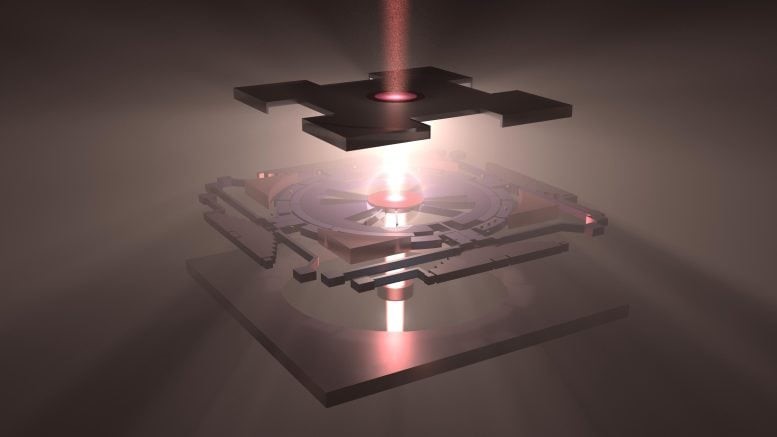Quantum Transduction Bridges Superconducting and Optical Systems
In their paper Quantum Transduction: Enabling Quantum Networking, Marcello Caleffi, Laura d’Avossa, Xu Han, Angela Sara Cacciapuoti, and colleagues explore the vital function of quantum transduction. They analyze different types of transducers, including those that generate entanglement, which are crucial for enhancing communication performance in quantum networks.
The authors introduce a novel communication system model that incorporates the transduction process, emphasizing its key role in the design of quantum networks. This work highlights the significance of quantum transducers for developing scalable and efficient quantum networking technologies and provides a foundational framework for future advancements in the field.
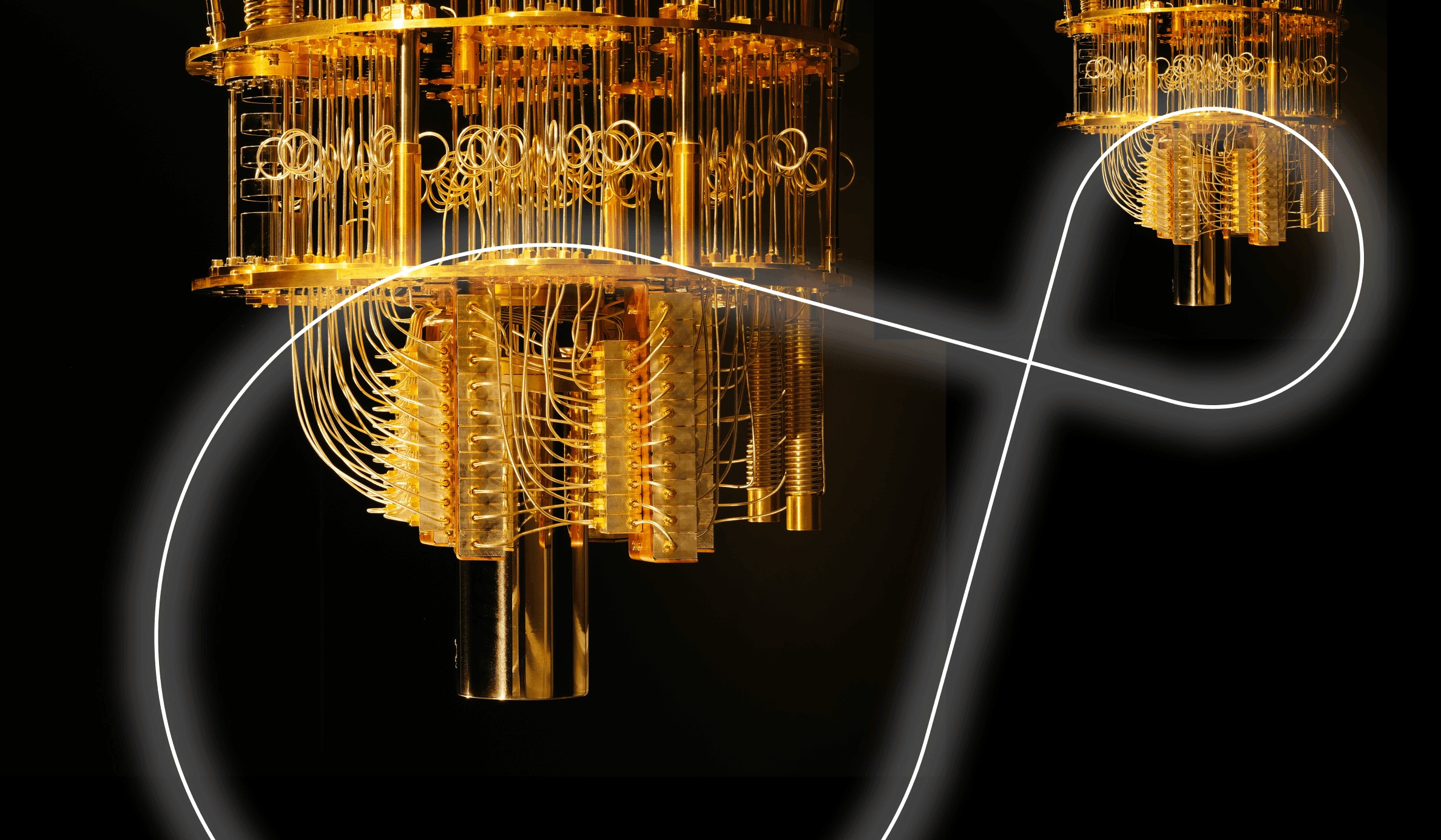
Figure 1. Quantum Transduction for Superconducting–Optical Connectivity
Advances in Quantum Communication Boost Security and Computing
Quantum communication technologies have made significant strides, particularly in entanglement distribution and teleportation, which are vital for secure communication networks and the advancement of quantum computing. Figure 1 shows Quantum Transduction for Superconducting–Optical Connectivity.
Notable breakthroughs include successful entanglement distribution over 150 km using wavelength division multiplexing, bolstering the feasibility of quantum cryptography. Researchers have also demonstrated quantum teleportation alongside classical communication within optical fibers, moving closer to real-world implementation.
Quantum dots are gaining attention as efficient sources of entangled photons, supporting scalable quantum communication. Additionally, frequency conversion techniques now enable interoperability between different types of qubits, improving long-distance quantum information transfer.
Simultaneously, quantum computing has progressed with superconducting circuits, enhancing processing capabilities and tackling issues of coherence and scalability—laying the groundwork for next-generation quantum technologies.
Optimized Superconducting Circuits Enable High-Fidelity Quantum Operations
The research showcases major progress in quantum computing using superconducting circuits, achieving two-qubit gate fidelities above 99%, which is vital for minimizing errors in complex quantum operations. Ultra-fast gate times below 10 picoseconds significantly boost processing speeds, enabling more computations within shorter durations and enhancing system efficiency.
Scalability is addressed by integrating multiple qubits with minimal added complexity or error, a critical step toward building practical quantum computers capable of tackling real-world challenges beyond classical reach. The study also reduces decoherence and crosstalk through optimized circuit design, preserving quantum state integrity and ensuring accurate computations even in larger systems.
These advances improve error correction prospects and position superconducting circuits as strong contenders alongside other quantum technologies like trapped ions and photonics. Overall, the work highlights superconducting circuits as a promising route toward scalable, reliable, and efficient quantum computing.
Ultra-fast quantum gates with enhanced accuracy through optimized parameter tuning
This study investigates quantum computing with superconducting circuits operating in the picosecond range. By precisely tuning circuit parameters, researchers achieved ultrafast quantum gate operations with significantly reduced error rates. The results demonstrate that superconducting platforms can enable high-speed quantum processing, enhancing both computational power and scalability.
The work also emphasizes the importance of precise control in maintaining performance and identifies opportunities for further optimization. These findings contribute to the development of scalable, reliable quantum systems and mark a step forward in realizing practical quantum computing technologies.
The study advances scalable quantum computing through high-fidelity gate operations
The study marks a major breakthrough in quantum computing by introducing a scalable, high-fidelity two-qubit gate scheme using superconducting circuits operating at picosecond speeds. This method tackles key challenges like reducing decoherence through rapid gate operations and enhancing fidelity with novel measurement techniques. The architecture’s scalability minimizes interference and crosstalk, supporting the development of large-scale quantum systems. Advanced fabrication techniques further reduce noise, strengthening superconducting qubits’ competitiveness against other quantum platforms.
Future research may focus on integrating these gates into fault-tolerant error correction frameworks and applying them to complex computational tasks. Additional efforts could optimize coherence times and explore hybrid systems that combine superconducting circuits with other quantum technologies, broadening practical quantum computing applications.
References:
- https://quantumzeitgeist.com/quantum-transduction-enabling-communication-across-superconducting-and-optical-systems/
Cite this article:
Janani R (2025), Quantum Transduction Bridges Superconducting and Optical Systems, AnaTechMaz, pp.262






